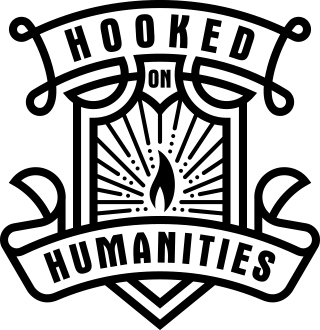The inspiration for this teaching resource has come from a Museum Exhibition - A History of the World in 100 Objects. This led to an exploration of Material Culture and how such a sophisticated subject can be used with Year 7s. A much simplified interpretation had been applied to create this task where students take on the role of a historical investigator and draw their own conclusions about archeological finds. This activity would work better if students work collaboratively.
The object of the exercise is to move away from a text book, elicit curiosity, critical thinking and educated speculation.
You will be able to download this resource here.
{Ancient Egypt}: Religion
In Ancient Egypt, religion was all pervasive. This teaching resource gives students guidance in their research into religion in Ancient Egypt. Students are directed to read about the various gods and goddesses, temples and tombs and the belief in the afterworld.
Students can then summarise their understanding creatively. You can download this FREE resource here.
{Review}: Seventeen Moments in Soviet History
Seventeen Moments in Soviet History is digital archive created by James von Geldern and Lewis Siegelbaum. The website received funding from the U.S. educational grant, National Endowment for the Humanities. The archive begins with the February Revolution of 1917 and concludes in 1991 with the collapse of the Soviet Union. As such, it is an excellent resource for students studying Russia and the Soviet Union 1914-1945 and The Changing European World Since 1945.
Every event begins with a subject essay which will provide students with an excellent historical narrative. These are supported with written and visual primary sources. Students will be able to navigate through this website easily and could well become their 'go-to' site. You will find this outstanding resource here.
{Year 7 Ancient Egypt}: Geography
Setting the geographical context for the emergence of ancient civilisations is of paramount importance. This resource encourages students to use Google Maps to begin their examination of Egypt's physical environment. It also requires them to hone their skills in reading and interpreting data and constructing diagrams.
In assessing the role of the River Nile students are required to be creative using either their computers or crayons! Tips for being creative are provided in this teaching resource. No history resource is complete without primary sources! These are a part of students' learning experience too. Download this resource here!
{Year 9 World War I}: The Voices of Youth
A battered old text filled with annotations and incredible photographs from the British Library site inspired this teaching resource. The aim is to introduce younger students to the power of words in creating an understanding and empathy of extraordinary human experiences. Through reading and discussions with their teacher, students are directed to respond to two sources in creative ways. It is envisaged that this learning experience will ignite a curiosity in literature and encourage students to explore literary texts in the future. You will find this teaching resource here.





